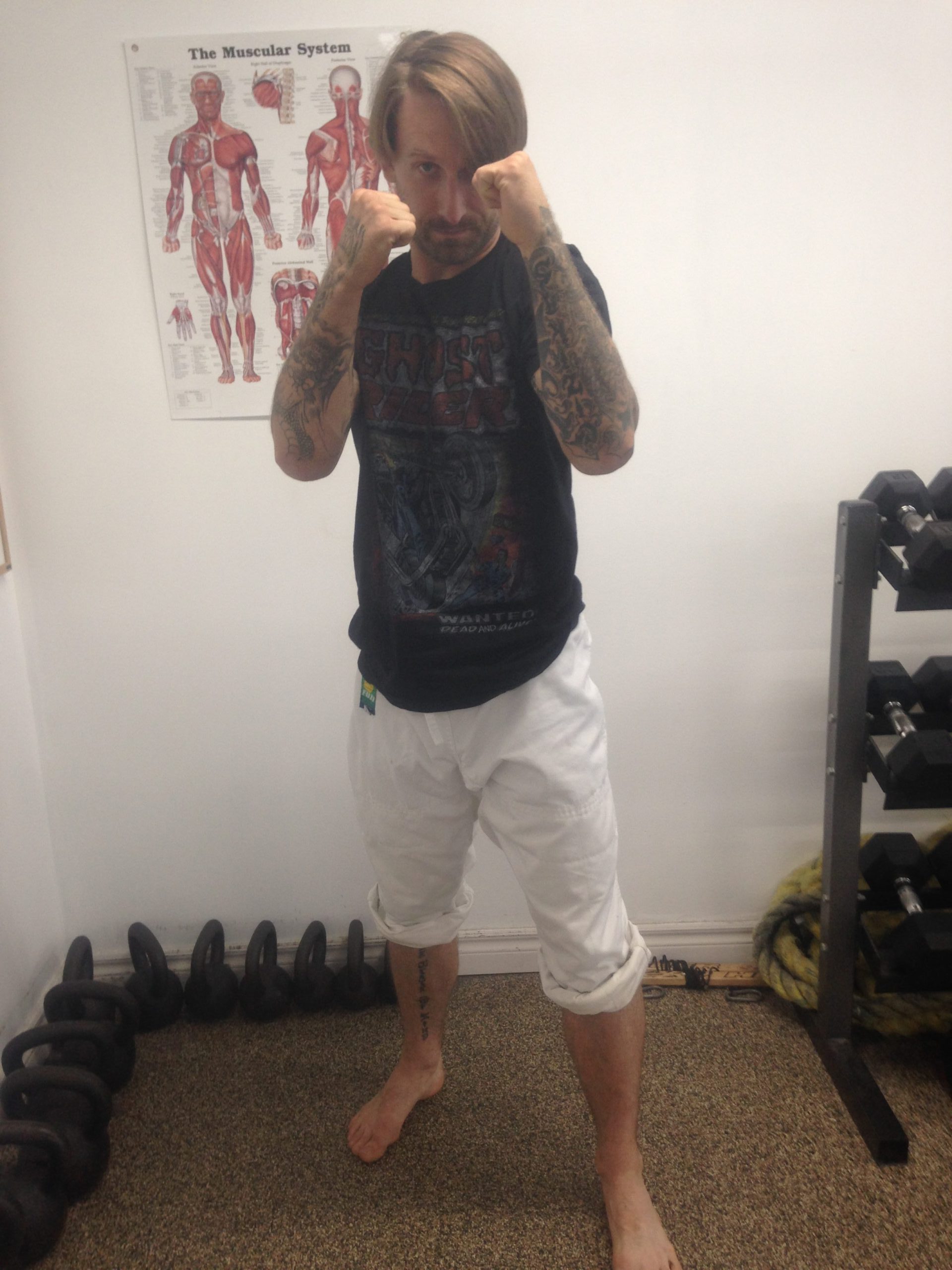The Most Overlooked Muscles in MMA
All the glorified MMA conditioning videos and articles have one thing in common – none of them make an in depth attempt to properly train the hamstrings or calves. The knee flexors are crucial for striking and grappling performance as well as career longevity. Consider the following muscular functions:
– Drives the hips and propels the body forward
– Provides the mass necessary for impact and knockouts
– Powers the legs ability to clamp and squeeze opponents in a wide variety of grappling situations
– Lowers the centre of gravity
– Reinforces and aligns the knee
Every striker I have ever spoken to repeats “you hit with your hips”. Despite this mantra no one considers what is responsible for snapping the hips forward. Enlightenment only occurs after a fighter suffers an injury to either a calf or hamstring. Pain at the back of the leg completely inhibits hip drive and punches as well as kicks become anemic. Fighters often lament how increased muscular bodyweight makes them feel slow and sluggish. This perception won’t occur with appropriate ankle training. Powerful, well conditioned calves will make you feel light on your feet.
Strikers rely on the weight of muscles as much as they rely on their ability to generate strength and power. Would you rather get hit by a eight ounce bat or a thirty eight ounce bat? Calf mass provides the momentum that converts head kicks into knockouts and leg kicks into shock. Leg mass also serves as an anchor from which it becomes possible to accelerate the hip. Momentum and inertia are terms from fundamental biomechanics that should be familiar to all fighters.
In grappling, the legs are an awesome tool for controlling opponents. The hamstrings and calves are heavily relied upon to squeeze out any space behind the knee and clamp down on legs, necks, hips and torsos. Imagine trying to take and maintain back control without knee flexors. Attempts at arm-bars and triangles would be fruitless! For Judokas, hamstring and calf development is a major asset. If your uchimata is impotent, training the back of your legs provides an edge.
For a world champion, Marcelo Garcia has a physical structure that seems relatively unremarkable – until you see his calves. It looks as if fifty percent of his bodyweight is below the knee! Like those punching bags which right themselves (thanks to a heavy base of sand), Professor Garcia’s low centre of gravity makes him hard to sweep. Marcelo always returns feet to floor. Muscle provides more than strength and power, it can be used to strategically distribute weight.
Both the hamstrings and calves have muscular heads which cross the knee joint. These muscles directly influence the strength and alignment of the leg. To minimize the chance of knee injury it is imperative to have a high strength to length ratio. Long legs which are narrow and weak will be prone to injury. Physics favours those with strong, thick and short legs. Size and strength, however, do not guarantee good knee alignment. Good alignment helps prevent the occurrence of injuries by evenly distributing stress. Poor alignment concentrates stress and structures that bear the greatest burden become vulnerable. If you want your knees to support a long martial art career you had better learn how to manage (stretch and strengthen) your hamstrings and calves!
Haphazard performance of deadlifts, hamstring curls or kettlebell and sled exercises will not improve your martial art performance. Proper hamstring and calf training demands an in-depth analysis of movement and muscle function. The right muscle fibres have to be targeted with effective exercises and programs. Any errors and your efforts will be fruitless. Hopefully this brief discourse inspires more coaches and athletes to comprehensively contemplate the calves and hamstrings!



Recent Comments